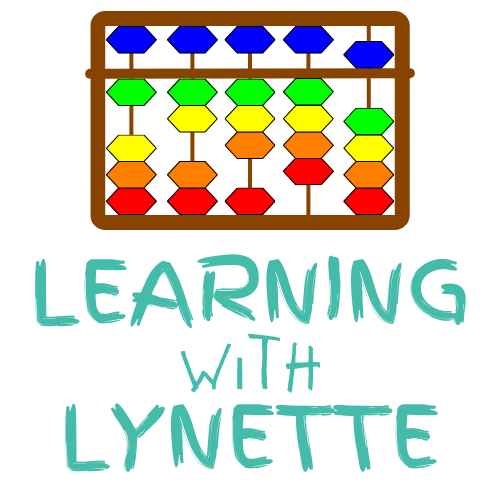
Live Math Editing Making My Book Better!
Live Math Editing Making My Book Better!
Creating a math workbook might sound straightforward—just come up with problems, write them down, and publish, right? Well, not quite! As I’ve learned firsthand, designing an effective and accurate abacus math workbook requires a lot of testing, reworking, and—let’s be honest—a bit of frustration. In this blog post, I’ll take you through my process, the challenges I faced, and how I’m ensuring my latest workbook is the best it can be.
Step 1: Reviewing My Abacus Practice Problems
As I went through my workbook, I quickly realized that not all my problems worked as expected. Some were too easy, some were too complicated, and others just didn’t follow the logical progression of learning that I wanted to maintain.
For example, I started with addition problems using the number five. Here’s how my thought process went:
✅ 7 + 2 + 5? That works!
❌ 8 + 5 + 3? Nope, that needs to be changed.
✅ 9 + 5 + 1? Good!
It was a constant back and forth of testing different number combinations, seeing if they aligned with my teaching structure, and adjusting accordingly. I even caught a few errors that could have confused students, like problems that introduced concepts too soon.
Step 2: Fixing Mistakes and Rewriting Questions
After reviewing the problems, I had to go back and fix anything that didn’t make sense. Some issues were small—maybe I needed to swap a number or adjust the order—but others required me to redo entire sections.
For instance, I noticed that some of my subtraction problems didn’t follow the learning sequence I had planned. Subtraction was introduced too early in some sections, so I had to remove or replace those problems with simpler addition-based exercises first.
Another challenge was ensuring the difficulty level progressed naturally. If a student is working through my book, they should feel like they’re building on what they’ve already learned, not suddenly jumping into something too difficult. That meant rearranging problems, tweaking numbers, and sometimes starting over completely.
Step 3: Formatting and Structuring the Workbook
Once I was happy with the math problems, I moved on to making sure everything was formatted properly. This step involved:
✅ Checking that the spacing of numbers made sense
✅ Ensuring consistency in how problems were presented
✅ Organizing questions into the correct difficulty levels
✅ Double-checking for duplicate or unnecessary problems
At this point, I also realized something else—I needed to shuffle my problems! If the same types of equations appeared too often in a row, the workbook would feel repetitive instead of engaging. A quick shuffle helped me mix things up while keeping the learning sequence intact.
Step 4: Final Adjustments Before Publishing
With all the problems corrected and formatted, I was almost done. But before publishing, I wanted to do one last quality check. I ran through a few random questions myself, made sure I hadn’t overlooked anything, and finalized the layout.
Of course, this also meant that I had to record a new video tutorial to go along with my workbook—because what’s a good math book without a clear explanation to help students?
Lessons Learned from This Process
Creating this workbook reminded me just how much effort goes into making quality learning materials. Here are a few key takeaways from my experience:
💡 Testing is crucial. Even if a problem looks right on paper, working through it manually can reveal hidden mistakes.
💡 Progression matters. Students need a smooth learning curve, so problems should gradually increase in difficulty.
💡 Mistakes happen. No matter how carefully I plan, I always find areas to improve. That’s part of the process!
💡 Patience is key. Rewriting and restructuring take time, but the end result is worth it.
What’s Next?
Now that I’ve finalized this workbook, I’m ready to publish and share it with students and educators who want to make abacus learning fun and effective! But of course, this won’t be my last book—I already have ideas for the next one.
If you’re interested in abacus math, keep an eye out for more resources coming soon. And if you’ve ever tried creating your own educational materials, I’d love to hear about your experience! What challenges did you face, and what did you learn? Let’s chat in the comments below!

